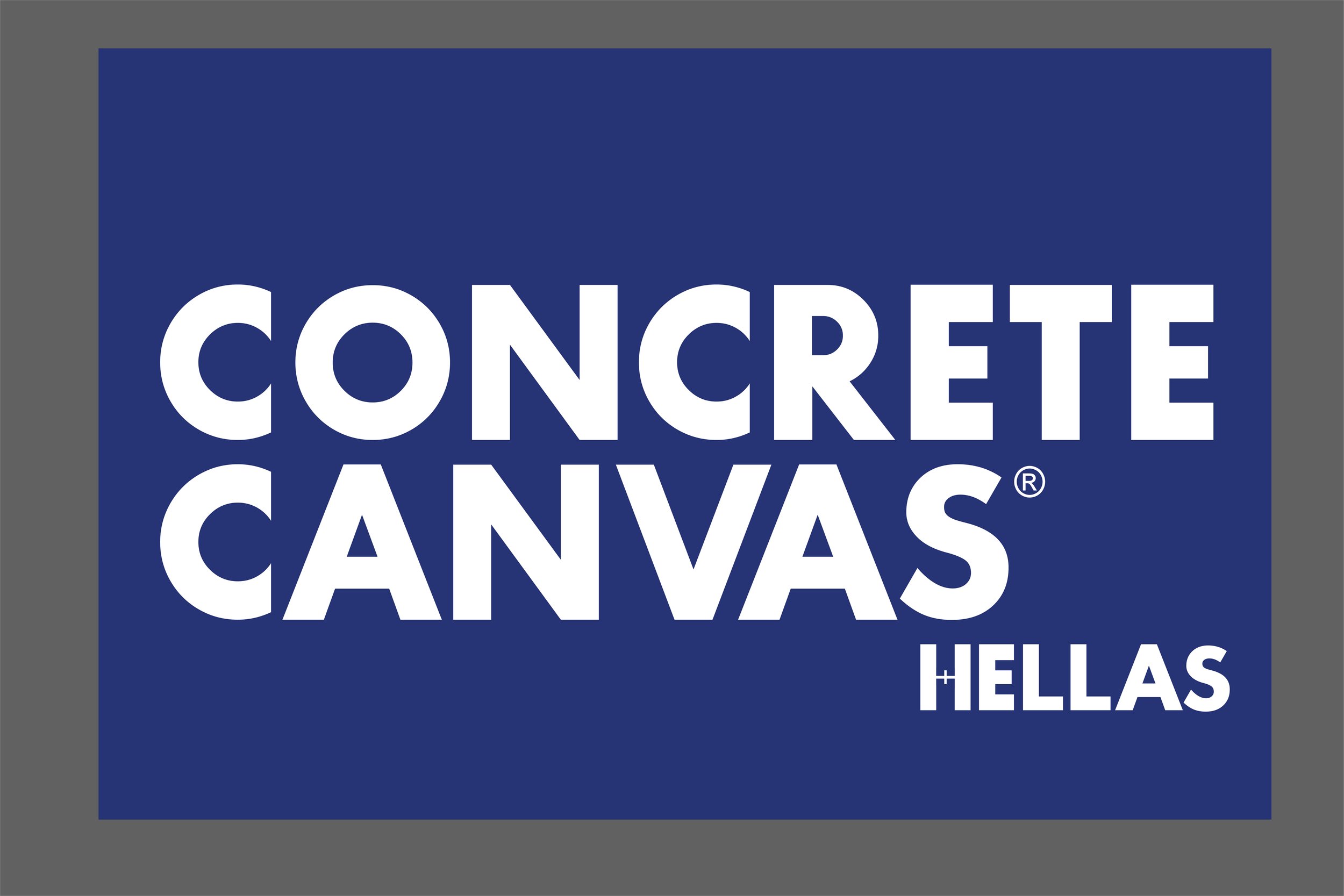CCX-MAT™ (CCX-M™) was installed to canalise pumped water at Kamoa Kakula Mine
In June 2022, CCX-MAT™ (CCX-M™) was installed to canalise pumped water from settling ponds to a river outlet in Kolwezi, Democratic Republic of Congo. Mining operations at Kamoa Kakula Mine are mainly carried out underground.
Due to the high water table and prevalence of subsurface water, continuous pumping is required to ensure safe and favourable working conditions. This underground water is pumped into settling ponds which allow sediments to settle prior to canalising to the local river outlet - with the settling ponds to the river outlet being approximately 4km long.
To ensure that no water permeated back into the mine as well as protect the substrate from erosion, a lining solution was required. In addition to the pumped water, the canal needed to have the capacity to drain stormwater collected from the catchment above ground. As the subgrade running the length of the canal are lateritic the flow rates in which the canal would be operating under would have caused the soil to erode but also allow the water to permeate back into the mine.
A number of lining solutions were considered including a geomembrane underlay with poured concrete, shotcrete or riprap protection. However, due to the scale of the canal and proximity to the rainy season, a fast and effective solution was needed. Due to the canal being used to divert pumped water as well as storm water, the lining solution needed to withstand and sustain flow rates of up to 6m/s as well as abrasion caused by sediment accumulated by storm water runoff.
CCX-M™ was chosen as the preferred lining solution due to it being rapid to install - with very little need for a large workforce and plant. CCX-M™ was also chosen for the project due to the material being able to withstand significant flow rates, protect the canal from any erosion and mitigate any water from permeating the soil.
Prior to CCX-M™ being installed, the canal had to be first dug to specifiction. The canal profile with an invert width of 2m, top width of approximately 7m, depth of 1.5m and side slopes of 1:1.5 was excavated to the requisite falls and compacted to between 90 and 95% MOD AASHTO. All vegetation and protruding objects were removed, and voids filled to achieve a uniform profile. Anchor trenches at least 150mm deep were excavated parallel to the canal profile, offset at 300mm from the profile crest.
32000 sqm of CCX-M™ installed
Once the canal was excavated, Bulk Rolls of CCX-M™ were brought onto site and and lifted into place using an excavator with a spreader beam attachement. Using the excavator boom arm, the CCX-M™ was laid transversely across the width of the canal. The material was cut to length using basic hand tools to ensure a minimum run-out of 100mm within the anchor trenches. Each layer of CCX-M™ was overlapped by 100mm in the directional flow of water. Prior to jointing the overlapping layers, intermediate flat round head pegs were installed through the underlap of each joint at the transition from side slope to invert. This served a dual function, counteracting hydration shrinkage whilst the CCX-M™ material cured as well as resisting hydraulic shear under the anticipated flow conditions. The overlapping layers of CCX-M™ were then thermally bonded with a handheld hot air welder to achieve a low permeability joint. Stainless steel screws at 100mm spacings, 50mm from the overlap edge were used to further secure the overlapping layers. The CCX-M™ material was pegged within anchor trenches and the backfilled with non-erodable fill. Transverse anchor trenches were installed at the upstream and downstream ends of the canal as well as transitions at all structures crossing the canal. These transverse anchor trenches were excavated to a minimum width and depth of 300mm. CCX-M™ was terminated within these trenches and then filled with poured concrete.
Due to the speed and ease of application, CCX-M™ was installed at an average rate of 10 rolls (950m2 ) per day with a team of 10 installers. The installation team was spilt into teams each designated by task which involved laying, jointing, fixing and hydrating.













